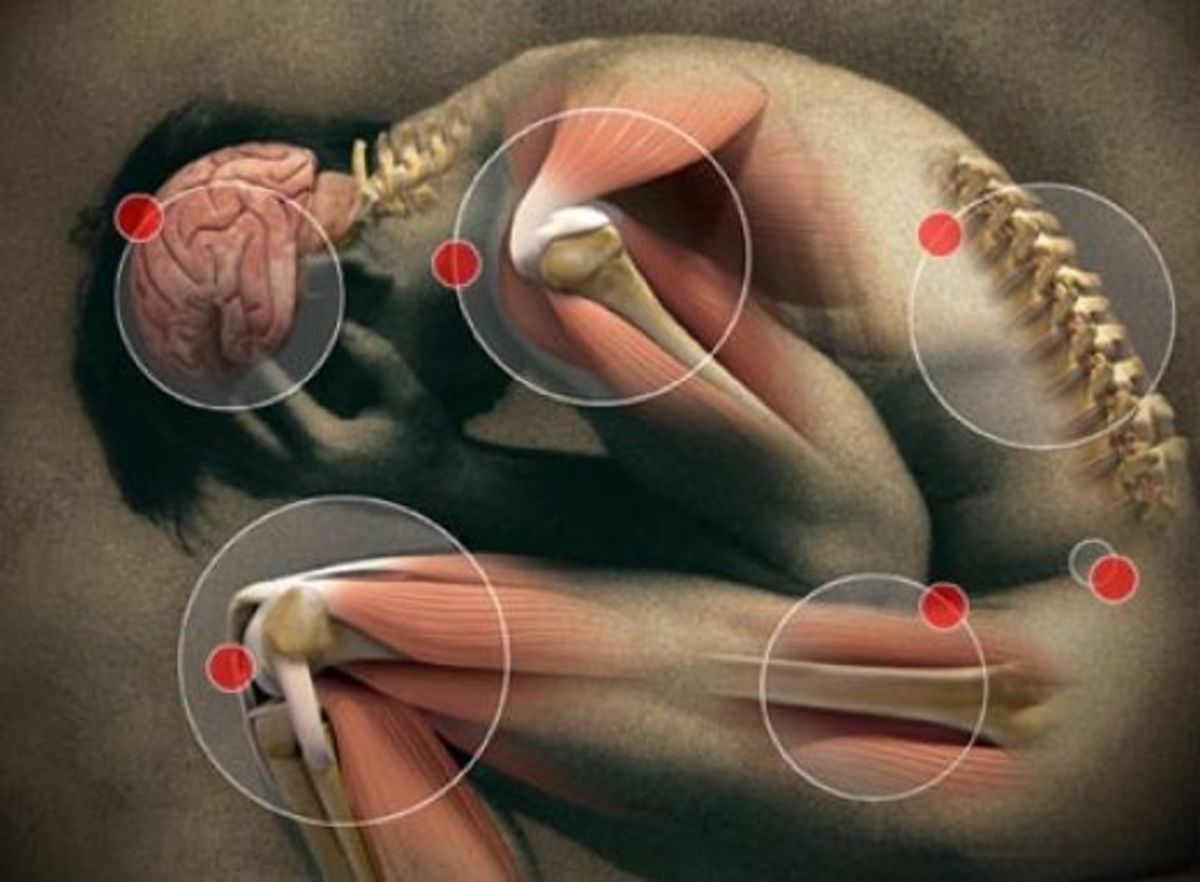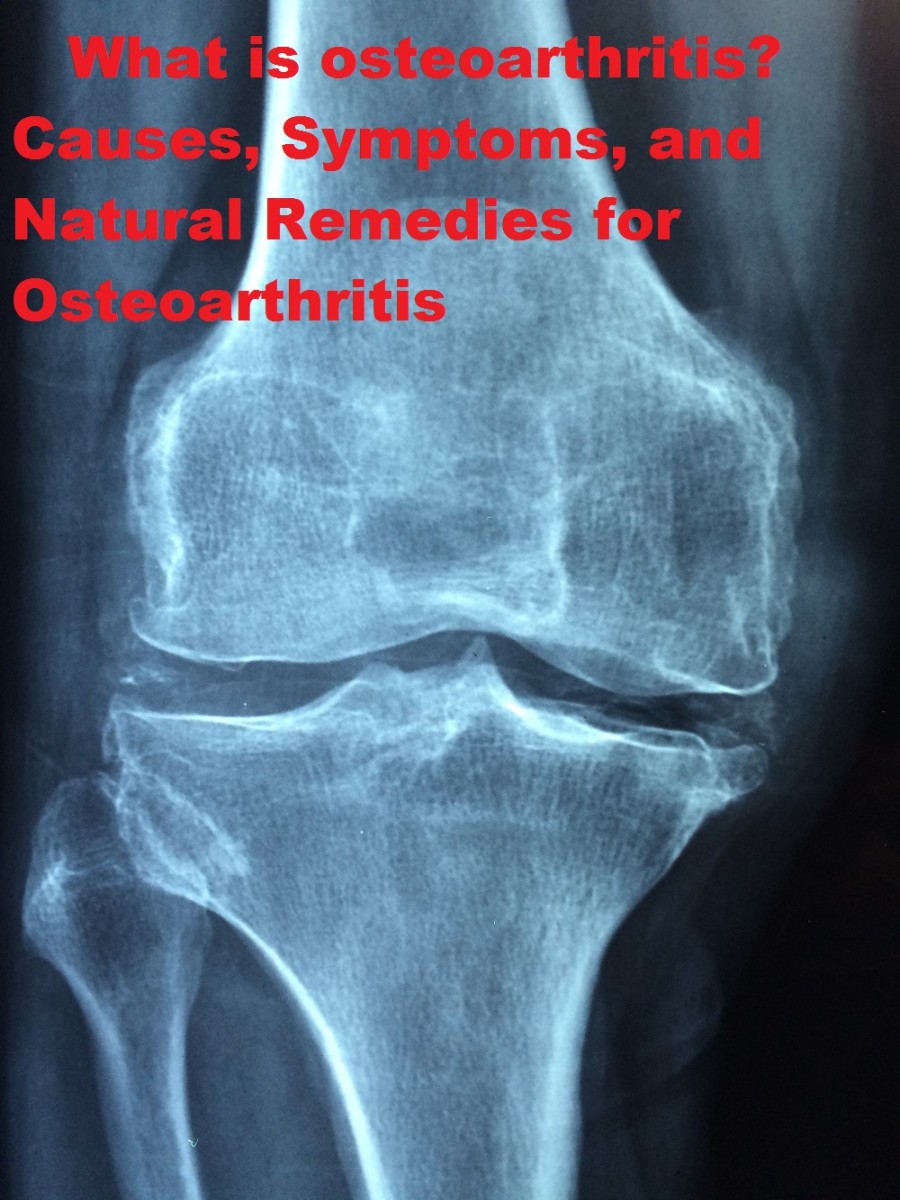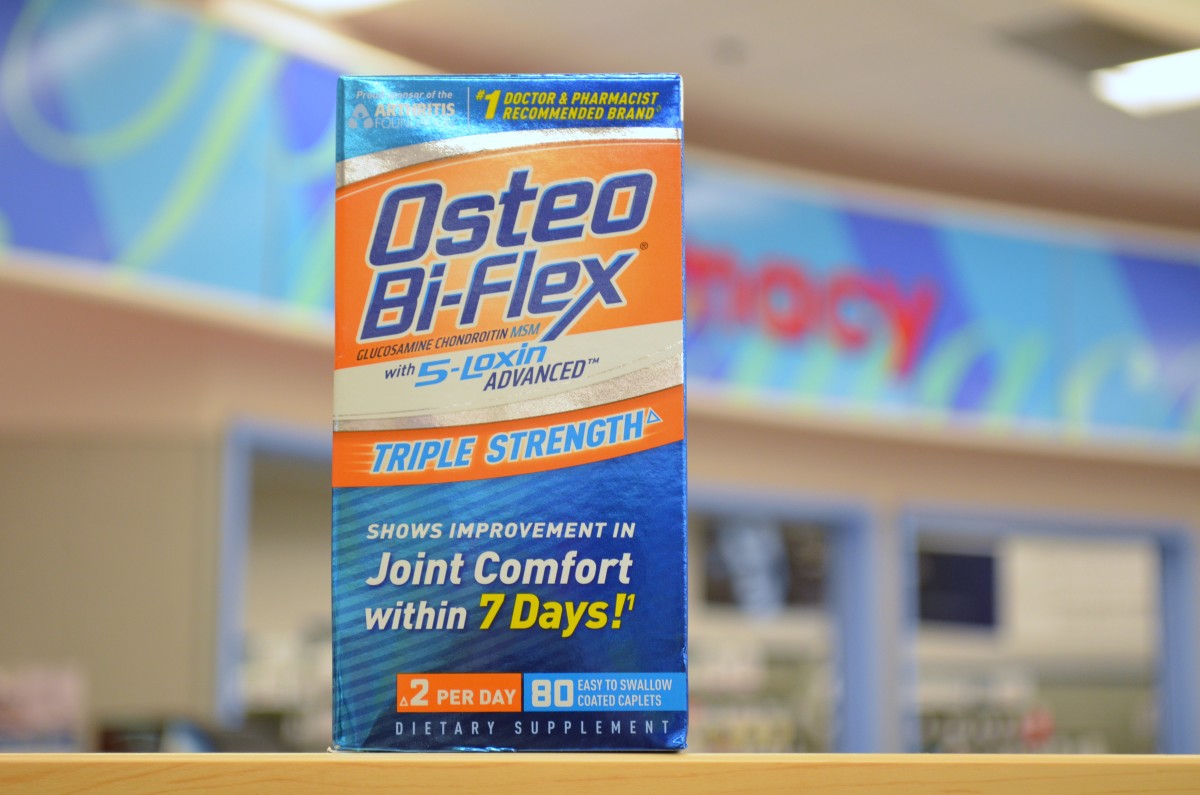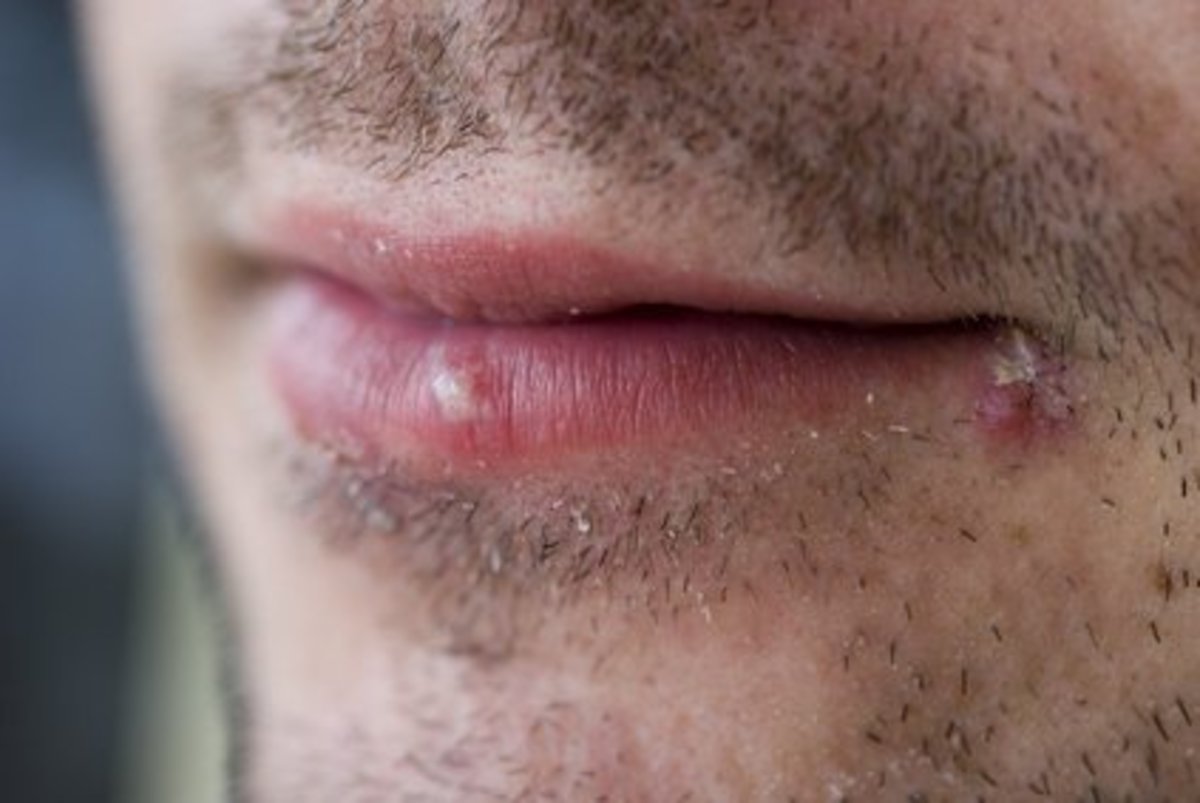Which Joints Are Most Commonly Affected By Arthritis?
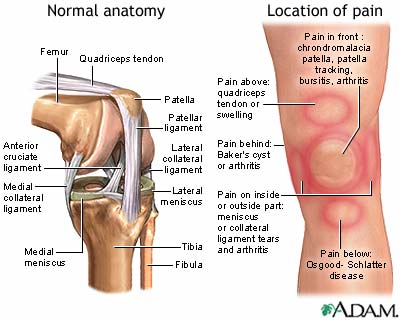
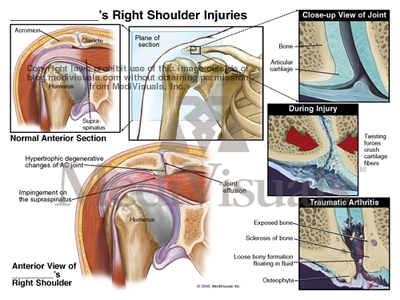
Are All Joints At Risk?
Arthritis is a disease that attacks the joints of the body and to be honest, every joint in the body is actually a potential target. However, some joints are more commonly affected than others, especially those that are more frequently used, ones that are susceptible to injury and those that are put under a lot of pressure.
Arthritis typically leads to swelling of the joint with limited movement and mild to severe pain and is caused by the deterioration of the cartilage in the joint which leads to inflammation because of the ends of the bones rubbing together. Arthritis can develop in many forms and can be brought on by disease, injury or simple wear and tear. It stands to reason then, that the most common joints to be affected with this disease would be the ones that are in constant use or those that take a lot of strain over a person’s lifetime.
It seems reasonable to accept then, that arthritis will affect the joints in the fingers, the hip and one or both knee joints as these are used an enormous amount in a person’s lifetime; but it may surprise you to know that these are not the most common target for arthritis. It has been said that the most common joint to be affected by the disease is, in fact, the acromioclavicular joint. If you have never heard of it before, it is the joint between the shoulder blade and the collar bone that allows a person to lift their arms above their head and to stretch them across their body. Acromioclavicular (AC) arthritis is a common type of osteoarthritis.
Most Common
Let’s take a look below at the two most common joints that are affected by arthritis and what the possible causes and most likely treatments are.
1. Acromioclavicular Joint
This joint connects the collar bone to the top of the shoulder blade and can be felt or seen as a bump on the shoulder at the end of the collar bone. This joint allows rotation of the shoulder and also enables a person to reach above their head and also to reach across the body. It is a very well used joint and comes into action every time we comb our hair, or wave at somebody in the street or scratch a persistent itch on the other side of the body. Like so many other parts of our body, we use it without even thinking or knowing about it. As well as being caused by normal wear and tear as a person gets older, certain sports people are also susceptible to the disease, particularly in activities like body building and weightlifting.
AC Arthritis can produce mild to severe pain and swelling and stiffness to the AC joint, which is very noticeable when a sufferer is engaging in an activity such as golf or even just crossing their arms or lifting something above their head. Some sufferers may even experience a ‘click’ effect and the area may become tender to the touch.
There are many things a sufferer of AC Arthritis can do to ease the symptoms and it is a case of finding out which method works best in each individual case.
a. Medical Solutions – As the symptoms of AC Arthritis are primarily pain and inflammation, pain killers and anti-inflammatory drugs are a good place to start when it comes to treating the condition. Some medicines have to be prescribed, but very many can be bought over the counter such as ibuprofen which is a Non-Steroidal Anti-inflammatory Drug (NSAID) and paracetemol a painkiller with no anti-inflammatory component. Other medical solutions include the application of heat and ice packs to the affected area, physical therapy, and, in some cases cortisone injections or even surgery. In some instances, the medical solution could be as simple as changing the way a patient tackles certain activities to reduce the movement in the affected shoulder.
b. Alternative Solutions – Diet is a very important part of the way we live and can determine whether or not we are at risk from illnesses such as AC Arthritis. Whilst nothing can stop the relentless march of time, eating the right food can delay the onset of diseases like arthritis by maintaining a healthy body through diet. Foods to include are those that contain Omega-3, foods high in lean protein and complex carbohydrates.
c. Supplementary Solutions – Those people with AC Arthritis can boost a healthy diet by using dietary supplements that are recommended for the treatment of arthritis. The most common dietary supplements would be Glucosamine and Chondroitin. These are substances that occur naturally in the body and promote bone growth and connective tissue. They are said to work well as a combination in medium to severe cases even though a recent study, called the GAIT Study, found that they didn’t seem to work at all in mild cases.
d. Herbal Solutions – People have long been interested in herbal remedies in preference to pharmaceutical ones and arthritis sufferers are no different. It has been found that ginger and turmeric are good herbal alternatives for treating arthritis and deep heat tropical rubs containing capsicum is said to ease pain associated with arthritis.
2. Knee Joint
The knee joint takes a lot of pounding over the years and it is no wonder that it is a prime target for arthritis. What a sufferer can expect is pain, stiffness and knee swelling. Of course, swollen knees can be caused by a great number of things and it is best to get an accurate diagnosis in order to treat the condition properly. If it turns out to be osteoarthritis or rheumatoid arthritis there are several ways that the pain and swelling can be dealt with.
As well as the usual pain killers and anti-inflammatory drugs, it is possible to get relief from the pain caused by arthritis by using an ice pack on the swollen knee. Dietary supplements such as Glucosamine and Chondroitin can also be used, because of their joint building properties. There has not been a great deal of real research into these two naturally occurring substances to determine whether or not they are as effective as some people think they are. However, with next to no side effects, these two dietary supplements will forever be popular in the eyes of the general public.
Of course, with controlled exercise and a healthy diet, a patient will not only feel the benefit within their whole body, but will also start to relieve the symptoms in the affected knee. So this is an area which can be explored either as an alternative or as an addition to prescribed drugs and dietary supplements
Looking after the knees is really important in order to avoid the onset of such problems as arthritis and, therefore, injured, sore or swollen knees caused by accidents, sports injuries and other incidents should be rested and treated straight away and no unnecessary pressure exerted on the knee joint.
What’s The Verdict?
Whilst it is understood that every joint in the body is a potential target for arthritis, there are some joints that are more commonly affected than others. The two most commonly affected joints are the knee and the Acromioclavicular joint. However, other joints that sustain frequent use and pressure, such as the hip and fingers, are also prime targets.
Treatment is varied and each individual will respond differently to each of these treatments and so a certain amount of experimentation may be needed in order to identify the best one.
Treatments and remedies for arthritis include
· Medication – prescribed pain killers, Non-Steroidal Anti-Inflammatory Drugs (NSAIDS) and corticosteroids.
· Lifestyle – adapting to a healthier, arthritis friendly diet; weight control, controlled exercise and workplace assistance in the form of special equipment and other help.
· Dietary supplements – including Glucosamine, Chondroitin, vitamin B12, Omega-3
· Herbal remedies – deep heat rubs containing capsicum.
· Surgery – in severe cases of chronic arthritis it is necessary for surgery and in some instances the joint can be replaced. Joint replacement is most common with hips and knees.
Although arthritis is not a curable disease it can be managed and it is possible to minimise joint damage if it is diagnosed at an early stage. Maintaining the correct weight can also assist in preventing arthritis because less stress is put on the joints, particularly the hip and knee joints. Too much use of an injured joint and extreme repetitive movements can also put excess strain on a joint which could make it more prone to damage and cartilage deterioration.
Keep joints as healthy as possible to reduce the risk of arthritis.
Next Articles
- How Chondroitin & Glucosamine help arthritis
Learn how Chondroitin & Glucosamine help arthritis. - How To Stop Stiff Joints From Arthritis
What makes Stiff Joints and its Remedies. - What Else Besides Glucosamine versus Chondroitin Can Help Arthritis
Learn more about Arthritis. - Are Joint Diseases Causing My Achy Knees?
Learn about Achy Knees Causes and Remedies.

